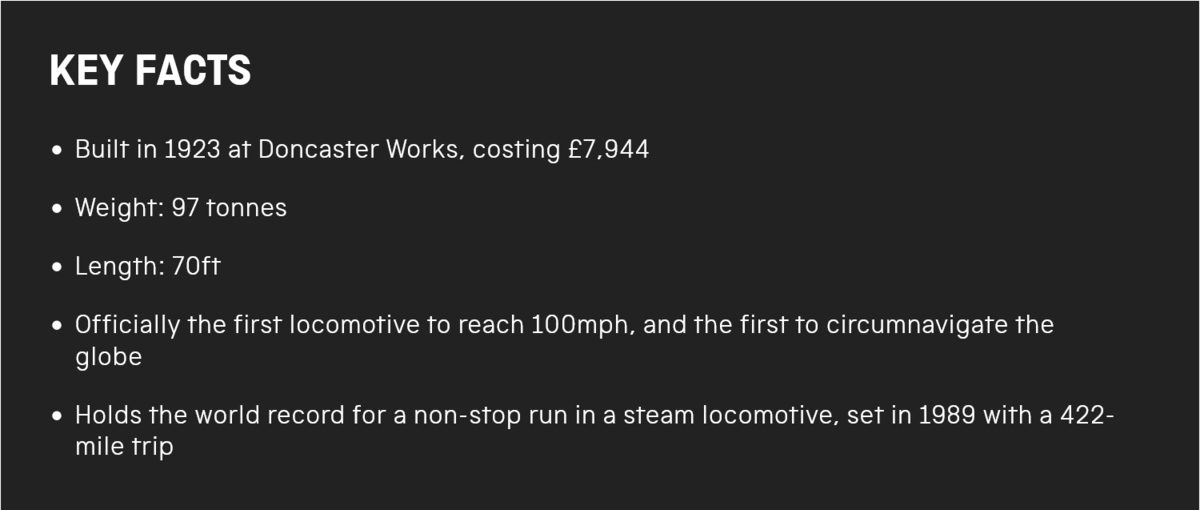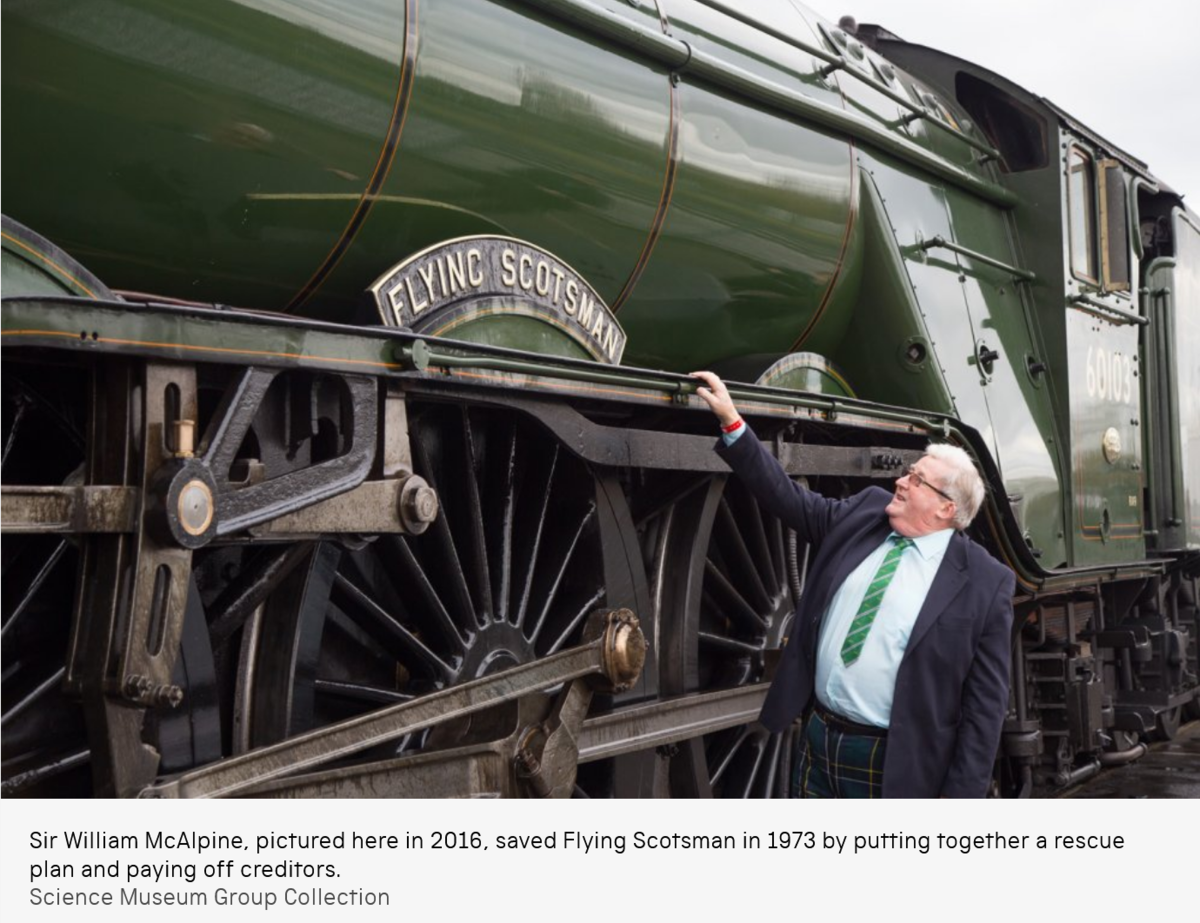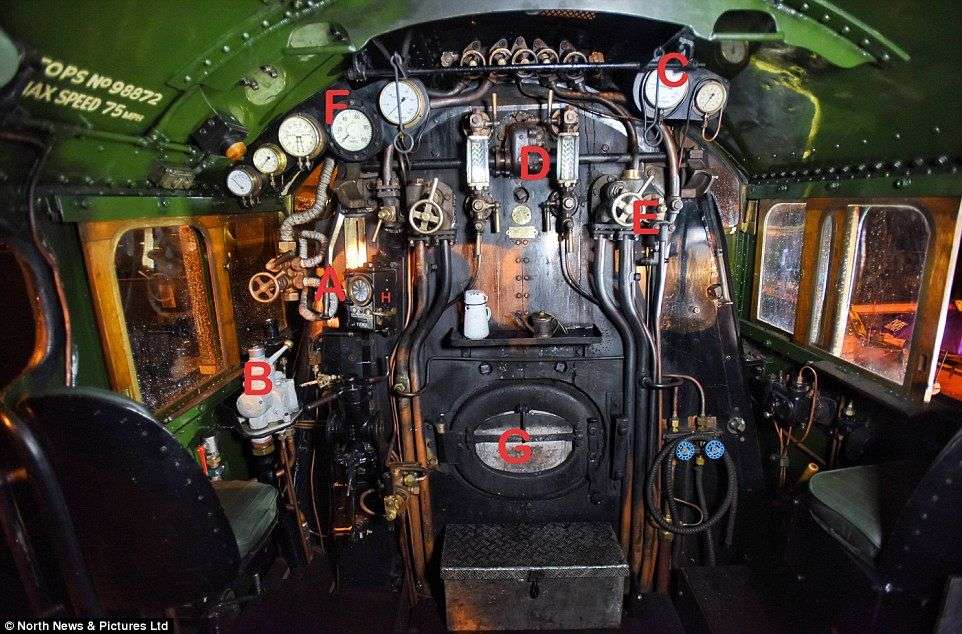
Model of the Month: "The Flying Scotsman"
The Flying Scotsman is arguably the most iconic steam locomotive in British history, renowned for its engineering feats and enduring legacy. From its inception in the early 20th century to its centenary celebrations in 2023, the locomotive has captivated audiences worldwide. Now, its legacy continues in a new form, as COBI is due to release its officially licensed 1:35 scale Flying Scotsman brick model next month (approx. 25th June). This detailed model offers enthusiasts a unique way to celebrate and engage with the world’s most famous steam engine.


Flying Scotsman (1923–2025)
1923 – Flying Scotsman built at Doncaster Works for the London and North Eastern Railway (LNER). Originally numbered 1472, it was part of the new A1 class designed by Sir Nigel Gresley.
1924 – Officially named Flying Scotsman after the prestigious non-stop express service from London King's Cross to Edinburgh Waverley. Renumbered 4472.
1934 – Becomes the first steam locomotive in the UK officially recorded at 100 mph, achieving the milestone during a speed trial.
1947 – Converted to A3 class, with a new boiler and smoke deflectors added for improved performance.
1963 – Withdrawn from British Rail service, having run over 2 million miles. Purchased by railway enthusiast Alan Pegler, who begins extensive restoration.
1969–1972 – Undertakes an ambitious tour of North America, travelling across the United States and Canada to promote British engineering but financial issues strand it in the US.
1973 – Rescued by Sir William McAlpine, who brings it back to the UK.
1988–1989 – Tours Australia, achieving the longest non-stop steam run in history (422 miles) between Parkes and Broken Hill.
1996 – Sold to businessman Tony Marchington, but mechanical and financial problems arise.
2004 – Acquired by the National Railway Museum, York, thanks to public and Heritage Lottery Fund support.
2016 – Returns to steam after a £4.2 million restoration, certified for mainline running once again.
2023 – Centenary year celebrated nationwide. Events include heritage rail tours, exhibitions, and a visit by King Charles III.
2025 – Flying Scotsman continues as a working museum piece, featuring in rail events, educational programmes, and heritage services, preserving its legacy for future generations.
A Trailblazer in Railway History
The Flying Scotsman quickly became a symbol of British innovation. In 1928, it was equipped with a corridor tender, allowing crew changes without stopping and enabling the first non-stop service between London and Edinburgh. This 392-mile journey was completed in just over eight hours, a remarkable achievement for the time.
The Flying Scotsman quickly became a symbol of British innovation. In 1928, it was equipped with a corridor tender, allowing crew changes without stopping and enabling the first non-stop service between London and Edinburgh. This 392-mile journey was completed in just over eight hours, a remarkable achievement for the time.
On 30 November 1934, the locomotive cemented its place in history by becoming the first steam engine officially recorded at 100 mph during a test run between Leeds and London.
Preservation and Global Tours
After being retired from regular service in 1963, the Flying Scotsman was saved from scrap by enthusiast Alan Pegler. Pegler took the locomotive on a tour of the United States, showcasing British engineering abroad. However, after a couple of years the venture proved financially unsustainable, leaving him in financial ruin and the locomotive stranded in San Franscisco.
In 1973 a British businessman and passionate railway enthusiast, Sir William McAlpine, purchased Flying Scotsman for £25,000 and arranged for its return to the UK. He oversaw its restoration and maintained it in operational condition for over two decades, ensuring its continued presence on British railways.
Under McAlpine’s stewardship, Flying Scotsman made another ambitious international journey — this time to Australia in 1988, to participate in the country's bicentenary celebrations. The trip was a major logistical and engineering undertaking, with the locomotive shipped by sea. During the visit, it set a new world record for the longest non-stop run by a steam locomotive: an astounding 422 miles between Parkes and Broken Hill in New South Wales.
After being retired from regular service in 1963, the Flying Scotsman was saved from scrap by enthusiast Alan Pegler. Pegler took the locomotive on a tour of the United States, showcasing British engineering abroad. However, after a couple of years the venture proved financially unsustainable, leaving him in financial ruin and the locomotive stranded in San Franscisco.
In 1973 a British businessman and passionate railway enthusiast, Sir William McAlpine, purchased Flying Scotsman for £25,000 and arranged for its return to the UK. He oversaw its restoration and maintained it in operational condition for over two decades, ensuring its continued presence on British railways.
Under McAlpine’s stewardship, Flying Scotsman made another ambitious international journey — this time to Australia in 1988, to participate in the country's bicentenary celebrations. The trip was a major logistical and engineering undertaking, with the locomotive shipped by sea. During the visit, it set a new world record for the longest non-stop run by a steam locomotive: an astounding 422 miles between Parkes and Broken Hill in New South Wales.
In 2004, the National Railway Museum acquired the Flying Scotsman, initiating a comprehensive restoration. After a decade-long effort costing £4.2 million, it returned to the rails in 2016, delighting fans across the UK.


Centenary Celebrations
The year 2023 marked the Flying Scotsman's 100th anniversary. Commemorative events included mainline excursions, heritage railway visits, and a special exhibition at the National Railway Museum titled "Flying Scotsman: 100 Years, 100 Voices." King Charles III also participated in the celebrations, visiting the locomotive at Pickering Heritage Railway Station and posing on its footplate.
The year 2023 marked the Flying Scotsman's 100th anniversary. Commemorative events included mainline excursions, heritage railway visits, and a special exhibition at the National Railway Museum titled "Flying Scotsman: 100 Years, 100 Voices." King Charles III also participated in the celebrations, visiting the locomotive at Pickering Heritage Railway Station and posing on its footplate.


A Living Legend
Today, the Flying Scotsman continues to operate on heritage lines and special mainline tours, captivating audiences with its historic charm. Its enduring appeal lies not only in its engineering milestones but also in its embodiment of a bygone era of rail travel. As it steams into its second century, the Flying Scotsman remains a cherished symbol of Britain's rich railway heritage.
COBI's offcially licensed 1:35 scale 'Flying Scotsman' brick model locomotive - 2677 bricks
Due for release approximately 25th June - due in stock 7 - 10 days later. Click on 'Add to cart' to view the product page.

 Skip to content
Skip to content

